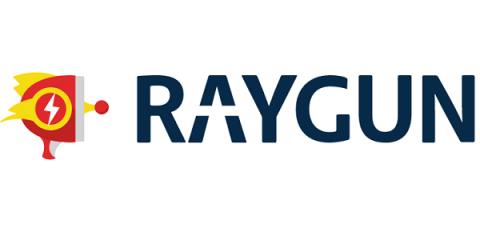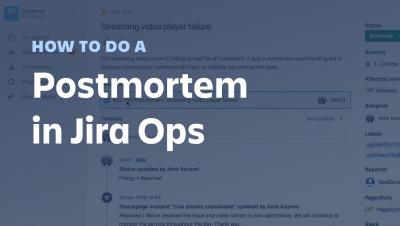How to Monitor AWS Lambda with CloudWatch
Since Amazon released Lambda in late 2014, the notion of serverless applications and function-as-a-service has steadily gained steam. Being able to focus on application code and simplifying infrastructure management is alluring, but traditional monitoring methods are no longer applicable. With less visibility, it becomes even more important to take advantage of the available monitoring methods. In this post, we discuss those monitoring methods, CloudWatch Metrics and CloudWatch Logs.











